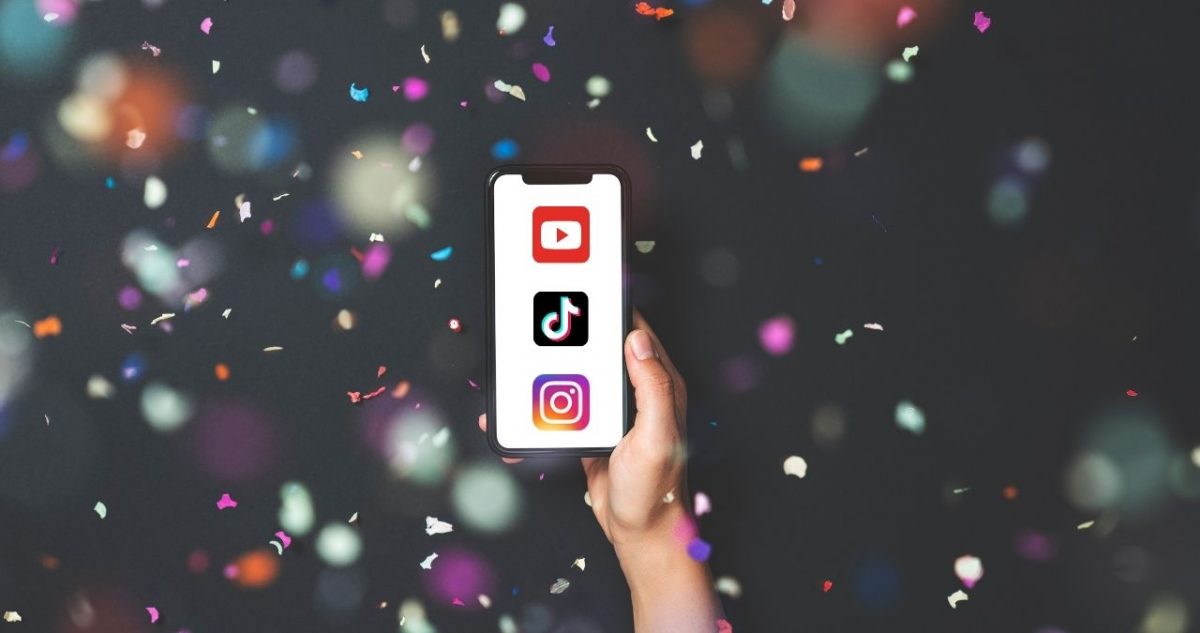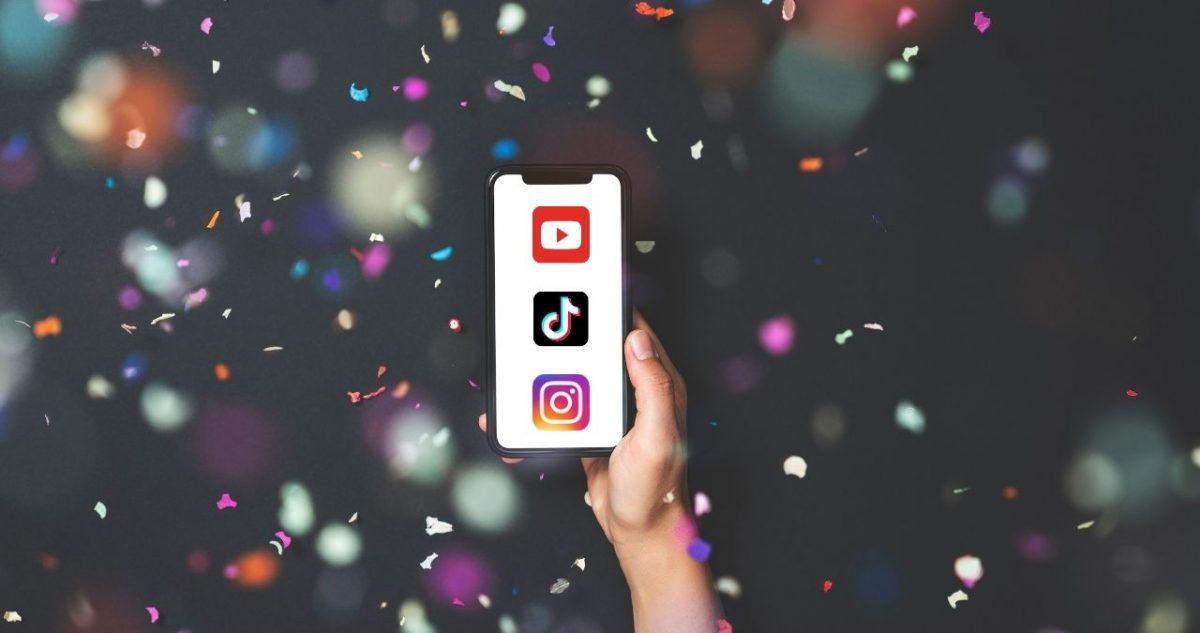In my previous blog I explored AI’s transformative influence on short-form content in social media and delved into the efficiencies, personalization, and massive scalability that AI tools offer. As platforms like TikTok, Youtube and Instagram Reels become increasingly intertwined with AI-driven mechanisms, and as personal ventures like mine make the world of short-form content creation accessible to many, the ethical dimensions of this technology come into focus. While AI has reshaped the social media landscape, it also introduces complex questions of bias, authenticity, and the implications for human creators.
Often, AI systems, like the ones utilized in my previous blog, inherit biases from the datasets they are trained with. These datasets may have human prejudices and perspectives, leading to potential content misrepresentations (Levity, 2022). When I started looking into AI-assisted short-form content creation, the narratives were often influenced by popular trends. The risk lies in AI tools that might lean heavily towards these trends, sidelining minority or unconventional voices and perspectives.
During my experimental phase with AI-generated content, the ease with which AI tools crafted engaging narratives was something that really amazed me. But it made me wonder: in an age where machines can emulate human creativity, what becomes of genuine human expression and the content they create themselves? The blurry line between AI and human-generated content could lead to a situation were we do not value authentic human creativity anymore. Moreover, with the rise of deepfakes created by AI tools, the challenge isn’t just about the line between authentic content and AI-generated content, but also about the potential for misinformation on all of the social media platforms (Chesney & Citron, 2019).
I think AI’s efficiency in producing vast amounts of content can potentially overshadow human creators. While my personal experience highlighted AI as a really time-saving and valuable assistant, its use can also threaten individual content creators. The replication of popular trends by AI can also sideline niche content, leading to a potential homogenization of the digital content landscape.
In conclusion, as we use AI’s capabilities more and more during content creation, a responsible approach is really important. It’s not just about leveraging AI for efficiency but ensuring it complements human creativity rather than be a threat to it.
References
Levity. (2022). AI bias – what is it and how to avoid it? Retrieved October 19, 2023 from: https://levity.ai/blog/ai-bias-how-to-avoid#:~:text=Machine%20Learning%20bias%2C%20also%20known,of%20the%20Machine%20Learning%20process.
Chesney, R., & Citron, D. K. (2019). Deep Fakes: A Looming Challenge for Privacy, Democracy, and National Security. Calif. L. Rev., 107, 1753. Retrieved October 19, 2023 from: https://papers.ssrn.com/sol3/papers.cfm?abstract_id=3213954


